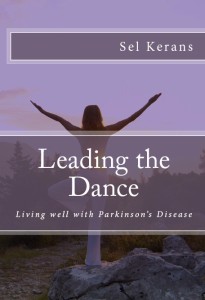I want t extend a warm invitation for you to take a six month journey down the road to recovery. Daily recordings reveals everything I have learned over the past 20 years about recovery from the hundreds who have succeeded in reversing their symptoms.
- Get guidance on how to figure out the cause of your symptoms and which natural therapies resolve it.
- Get natural therapies for specific symptoms.
- Get a roadmap of how to recover from the inside out.
- Get the scoop on recent cutting edge inventions and research revelations over the past several years.
- Get six months of recordings (and the accompanying text) from me every day.
Daily support is now available at long last for your personal journey down the road to recovery. Join others who have succeeded in reversing their symptoms.
For more information about my new program visit:
https://www.parkinsonsrecovery.org/offers/sta386o8
Coupon code succeed provides a 50% tuition discount.
Robert


